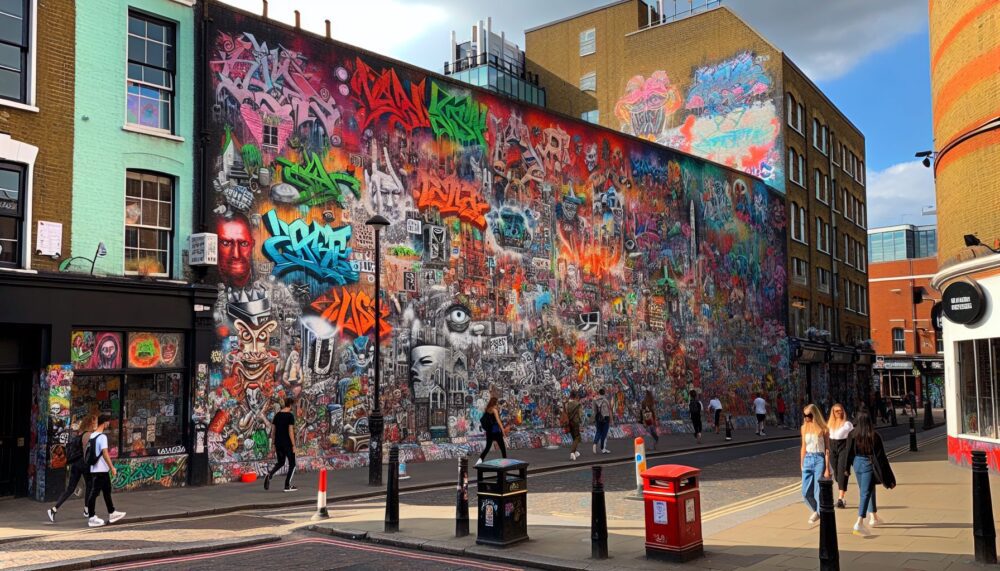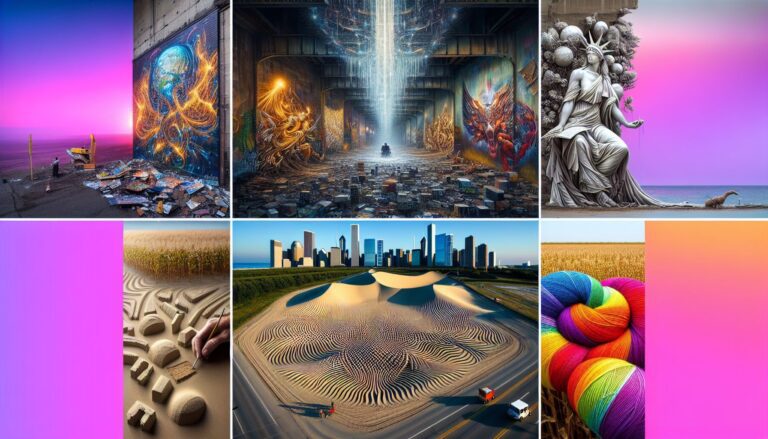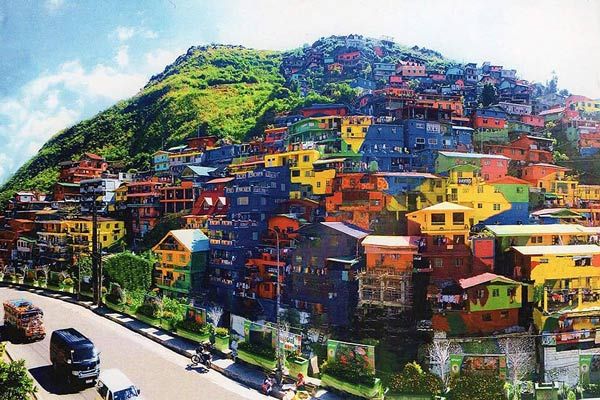The Sublime Canvas of Street Art: An Underappreciated Rebellion
Street art has, for too long, been painted as a stain on society, blighting the urban landscapes and seen as the work of vandals or miscreants. Often negated and misunderstood, there is a fantastic array of artistic potential buried beneath the prejudice: an inherent power laying in its raw beauty, courageous social commentary, and inspiring specter of creative freedom.
Much as the Sistine Chapel was created not by one stroke, but by countless efforts of craftsmanship, so is the story of cities and societies continuously etched and re-drawn through the hands of street artists. As society’s dynamic canvases, the walls and structures of cities morph and transform, providing a unique and candid perspective into the spirit of the times.
One of the aspects that make street art a riveting paradigm is its bold defiance against traditional notions of art. There’s no opulent galleries or officious middlemen, rather, buildings, underpasses, and trains serve as the unrestricted gallery walls for these avant-garde artists. Each piece emerges from the shadows of the early daybreak or the late twilight, springing to life anonymously yet screaming for attention. This undiluted interaction between art, artist, and observer unfurls a fresh dialogue that’s not bound by the elitist barriers or the conventional norms of the art world.
This art form not only subverts the norms but also serves as a powerful mirror of society, reflecting poignant social dialogues and issues. From highlighting the plight of refugees in Banksy’s art to the biting political satire by Blu, street art echoes hushed cultural narratives and socio-political commentaries with a stinging tenacity.
Street art also becomes a platform where marginalized voices and inner-city narratives find expression. Subcultures and alternate perspectives which otherwise might not find mainstream representation, get a chance to make their mark and color a piece of the cityscape with their stories. Indeed, street artists often become the unrecognized biographers of societal evolution, their work serving as the visual footprints of collective history.
In many ways, street art can be viewed as a form of artistic rebellion, an expression of dissent and a vibrant symbol of resistance. And while its transience often leads it to be perceived as impermanent or even ephemeral, this very impermanence amplifies its impact, as each art piece becomes a snapshot, a time capsule capturing a particular moment, mood, or message.
Its democratic spirit, the profound narratives of socio-cultural discourse and its unstoppable voice of dissent, all lend a unique gravitas to street art, which often goes unnoticed in our rush of daily life. A closer look, a willingness to decipher the seemingly ‘chaotic’ layers, helps reveal the prodigious richness of this evolving art form.
With street art is finally gaining recognition and appreciation, it’s essential to cultivate an understanding and respect for the bold spirit it stands for. After all, every spray, stencil, and sticker carries a piece of someone’s soul, a slice of our society, and the silent, relentless march of our collective stories. It is in this shared narrative, we realize that these aren’t just speeding splashes of paint on a wall but rather, significant strokes of unfiltered human expression, making its home in every crevice and corner of our city landscapes.
In conclusion, street art, these uncurated canvases of our communities deserve our attention, our understanding, and our appreciation. Next time you walk past that spray-painted artistic deviation on your commute, pause, reflect and delve deeper into the creative, and largely under-recognised, world of street art. For those who dip their brushes into the palette of urban landscapes and paint stories on silent walls are artists in their right, shaping the social and visual makeup of cities, one art piece at a time.



